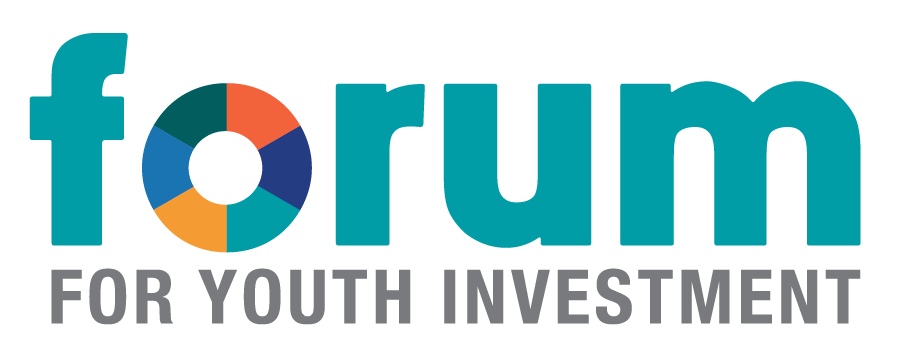State Support for Quality Summer Learning
March 19, 2025
Each summer, millions of students miss out on learning opportunities that could set them up for success. But what if states could change that? High-quality summer learning programs are a proven way to close opportunity gaps and strengthen student outcomes. How are states stepping up to make this a reality?
“…Advocates for whole child education and policy—a movement to promote educational experiences that address the full scope of a child’s social, cognitive, physical, psychological, and academic developmental needs—have identified high-quality expanded learning time during the summer as a key opportunity to mitigate opportunity gaps, build on student strengths, and nurture developmentally positive relationships.”
Investing in Summer Learning
The summer months present both a challenge and an opportunity. While students from underserved communities are disproportionately affected by learning loss, research confirms that high-quality summer learning programs can significantly improve academic achievement and well-being.
Recognizing this, the U.S. Department of Education invested American Rescue Plan Act (ARPA) Elementary and Secondary School Emergency Relief (ESSER) funds to expand summer learning opportunities. This investment supplements long-standing federal programs such as 21st Century Community Learning Centers and Title I funding under the Elementary and Secondary Education Act.
Beyond distributing federal dollars, states play a critical role in ensuring access to quality summer learning programs. They distribute federal funds, define allowable expenses, supplement funding with state appropriations, and shape policy conditions that support meaningful learning experiences.
How Are States Supporting Quality Summer Learning?
A new Learning Policy Institute report, How States Are Expanding Quality Summer Learning Opportunities, commissioned by The Wallace Foundation, shares successful policies and practices states can adopt to strengthen summer learning.
Through case studies of nine states—Georgia, Louisiana, Massachusetts, Michigan, New Mexico, Oregon, Tennessee, Texas, and Vermont—the report offers a national perspective on effective state-level strategies. These states were chosen to reflect geographic, political, and funding diversity, providing a well-rounded look at how different policy environments impact summer learning.
The report identifies state policy strategies that have proven effective in expanding high-quality summer learning opportunities. These strategies help states build support, increase access, improve program quality, and use data to drive continuous improvement.
State Policy Strategies
Beyond traditional federal investments, states have implemented a range of strategies to ensure more students have access to high-quality summer learning programs.
1. Garnering support for summer learning investments. This includes identifying goals for summer investments that align and reinforce other state priorities, such as supporting working parents and skill-building opportunities for youth. In addition, building cross-sector coalitions and identifying sustainable funding streams for summer learning grant programs can bolster support for these investments.
2. Implementing state grant programs for summer learning. State policy can minimize administrative burden to allow greater access to grant programs, define program requirements to create flexibility, and enhance capacity for implementation through partnerships.
3. Increasing access for priority groups. State policy can leverage data to both expand access to summer learning opportunities for certain student groups and target funding towards priority student groups to remove obstacles to participation.
4. Promoting high-quality programming. State policymakers can embed quality practices into funding requirements, provide guidance on program design, and offer technical assistance to summer learning providers to ensure continuous quality improvement. Many states and national organizations use the Weikart Center’s Youth Program Quality Improvement (YPQI) approach to establish quality standards and professional development for summer learning programs.
5. Collecting and using data. State-level data collection can be a powerful tool for informing continuous improvement and compiling outcomes data. Aligned data for summer learning programs with other state goals is also an opportunity for states to seize.
Setting the Stage for Stronger Summer Learning
High-quality summer learning programs are a proven tool for closing opportunity gaps and supporting student success. In addition to leveraging federal and state funding opportunities, state policies help to ensure these programs are accessible, effective, and sustainable.
State leaders, policymakers, and education advocates can learn from these models to improve summer learning in their own communities. Explore the full Learning Policy Institute report to see how your state stacks up and identify opportunities for action.
